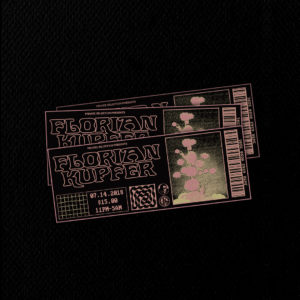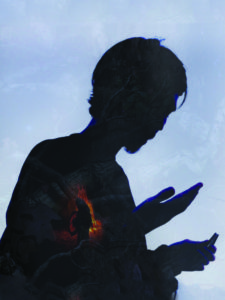“I wouldn’t say I’m a conspiracy theorist, but I’m definitely open to the unlimited weirdness of reality and the fact that there is a whole lot we aren’t told by those in power,” writes Devin Ronneberg via email, about the invisible systems that define our reality. A pilot with enduring ties to the aviation community, and involvement in military projects as an airplane designer, the Los Angeles-based producer known as Aerial is extraordinarily equipped to contemplate the nature of desired extraterrestrial truths in an age of disinformation.
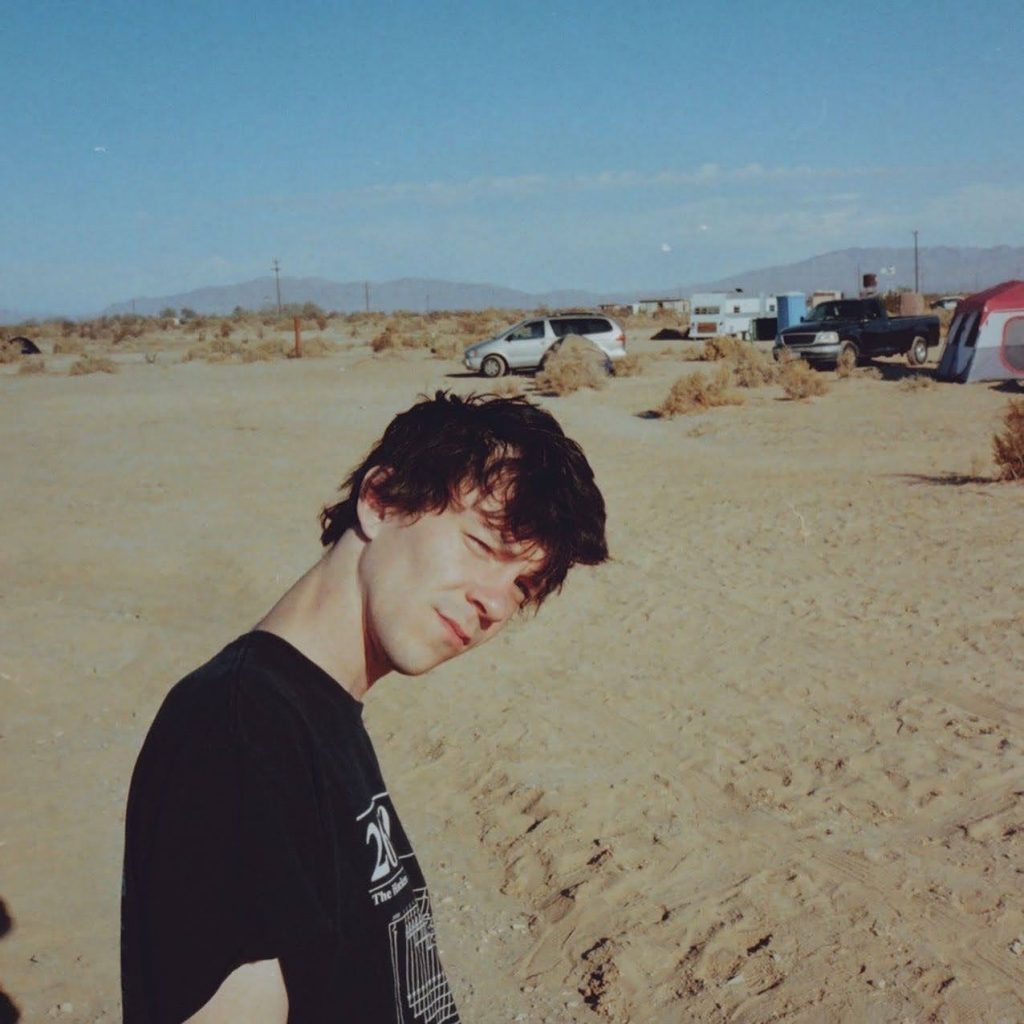
As an obsessive fan of X-Files and Star Trek with access to stories told with discretion amongst seasoned pilots, he has a unique perspective on unidentified aerial phenomena. Informing the title of Ronneberg’s debut album UAP—released with Private Selection on April 20—this notion ascends these terrestrial levels on its way to explore an intersection of science and fiction in outer space.
While unpacking disinformation in the album, this interest is explored in collaboration with artist Suzanne Kite on a Sundance-sponsored short film about fake news, where they utilize misrepresentation tactics like deep-faking. Additionally, a previous installation by the two artists, ‘Ínyan Iyé (Telling Rock)’, is now showing at Santa Fe’s Museum of Contemporary Native Arts as part of its Indigenous Futurisms exhibition running to July 26. The work specifically interrogates a relationship between human and non-human agency.
Ronneberg’s work questions agency through the use of intersectional practices having a role in an agential realistic production. Inspired by theorists like Karen Barad and Kate Crawford, and employing code, sound, installation, and mechanical design, his pieces reject fear of the unknown by bringing them into closer proximity.
UAP is just the latest project in Ronneberg’s practice of deconstructing self-determined agency, and allowing idiosyncratic articulations to move freely outside of constrictive human perception. On it, the Private Selection co-founder utilizes dark tensions of present anxiety and uncertain futures to construct an electro-odyssey into worlds beyond our own. The record’s longform techno structure defines a progression of interstellar travel.
The extraterrestrial is evoked through allusion to sci-fi cinematic conventions that are rooted in fearful reverence for the potential of technology and space exploration. These devices are deconstructed and reappropriated through an incorporation into high energy breaks that offer an infectious excitement to experience the unknown. Ronneberg offers us insight into a dialogue between security and the truth.
**One of your practices as a polymath includes airplanes—from fabrication to flight. Can you tell us a bit about your moniker and the relationship you see between yourself and the sky?
Devin Ronneberg: I grew up in an aviation family. My father is an experimental aircraft designer and master builder, so my youth was full of flying, airshows, and playing/ observing/ existing in his shop in Santa Monica where he manufactured his airplane called the Berkut. Flying has been a big part of my life as long as I can remember. On my first birthday my parents and I were flying back to LA from an airshow. Somewhere over the Rocky Mountains my Dad asked my mom to pass me to the front seat of his airplane so he could roll the plane while holding me in the front seat. My earliest memories are of endless blue.
The name Aerial has always been part homage to my father and his artform, and the unique experiences I had in and around experimental aircraft growing up. I chose the name while I was still at CalArts, a good three or four years before I started building my own airplane and training for my pilot’s license, so in some ways the name started as something to work toward.
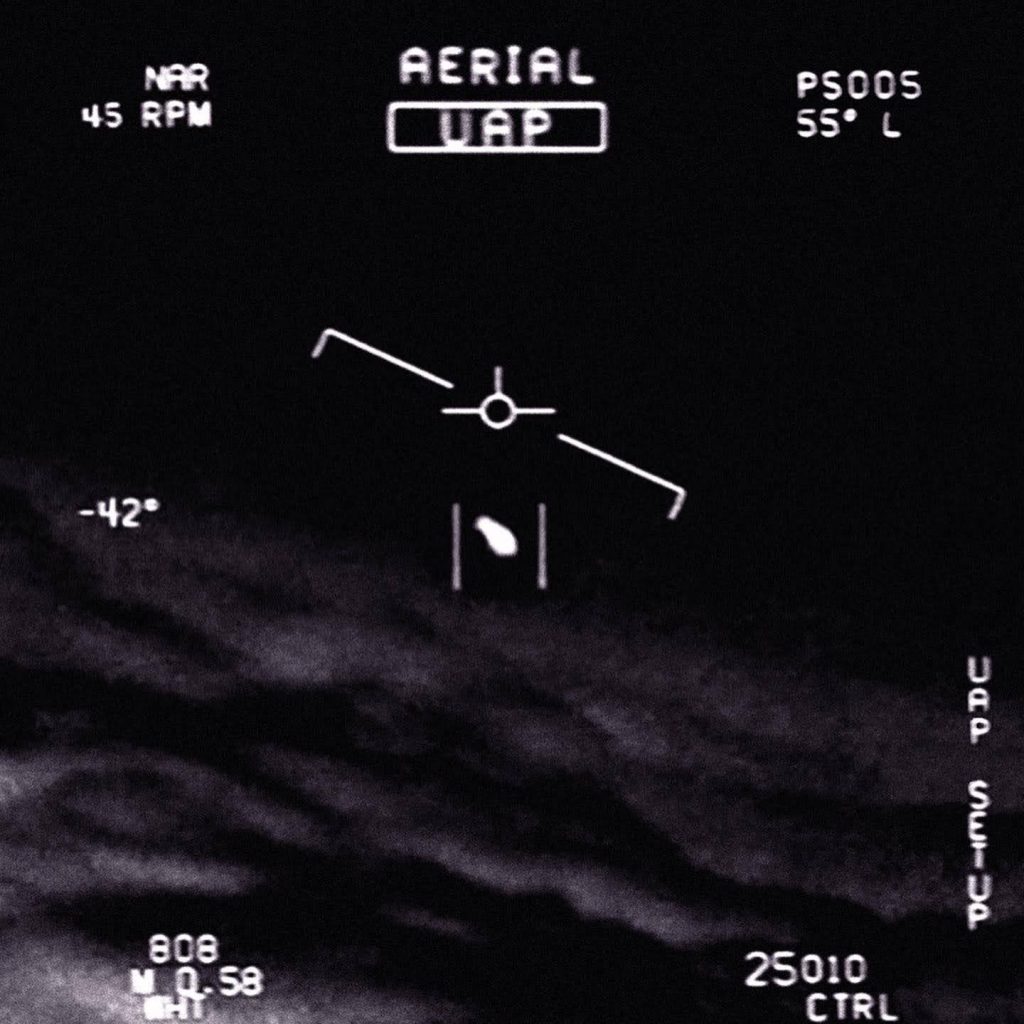
The sky is a thin barrier between us and the beyond. I’ve always felt that the pursuit of flight and act of flying are inherently defiant. A rejection of the forces we are normally bound by, an attempt to reduce the distance between us and the unknown. An opportunity to see our world from a distance. These perspectives laid the groundwork for what I’m currently exploring through art.
**UAP is in reference to unidentified aerial phenomenon, the album artwork being a declassified military image of such an instance. Do you believe in aliens, and what convinced you to feel this way?
DR: Short answer, yes. Aviation and aliens have a deeply intertwined relationship. Much of the UFO-mania following the Roswell incident was fueled by sightings of experimental aircraft being developed at secret facilities in the deserts of the southwestern United States during the cold war era. My father spent a large portion of his childhood in Roswell, and my childhood was full of stories and speculations about aliens and UFOs that he had collected over the years.
Most of the first-hand accounts I’ve heard in my life regarding UAP’s have been from pilots that I trust, and most credible second-hand accounts from well-respected members of the aerospace community. I’ve been told one story in particular that provides enough verifiable proof of things being seen, monitored, and tracked in the sky that defy all publicly-known technologies. Unfortunately, out of respect for the source, I can’t say more about it. Regardless of the existence of alien lifeforms on this planet, there are a lot of unexplained things happening in the sky.
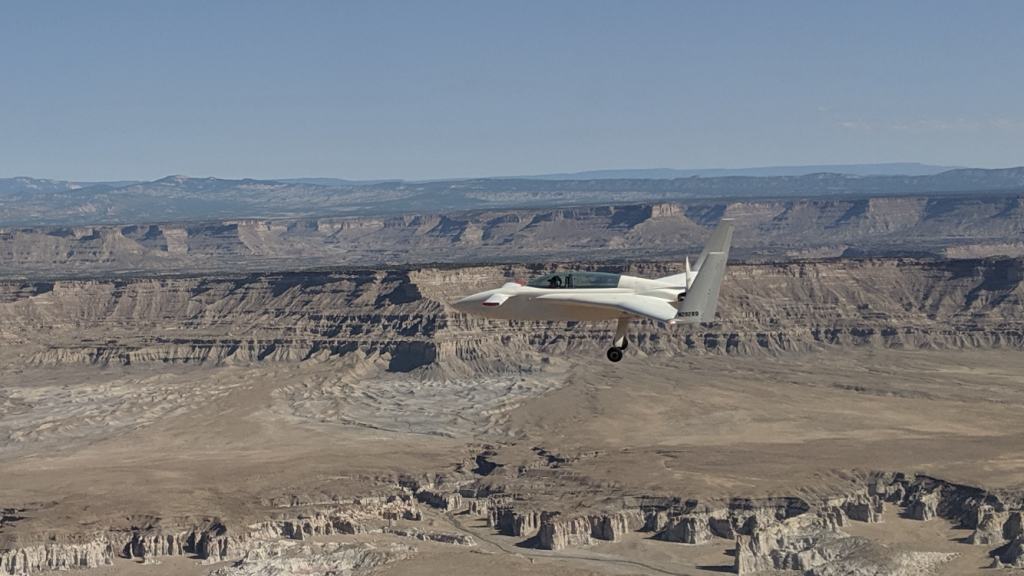
I think the gravity of the possibility that we have been in contact with lifeforms not of this world is what makes it a difficult thing to talk about in absolutes. Our desire to know if we are alone in the universe amplifies our capacity for belief. There is well-documented evidence of active disinformation campaigns developed by our government to mislead the public into believing, or not believing, taking advantage of our desire for knowledge to protect their own interests. It’s a brilliant manipulation that makes it difficult to feel certain about anything.
But still, I believe. To me the near infinite nature of the universe guarantees that we are not alone. The existence of other life visiting this planet is secondary to the inevitability of its existence outside of our understanding or verification. Some ideas are just worth holding, helping to reconcile the vastness outside of our tiny bubble with the briefness of our lives within it, suggesting the possibility of an infinite number of existences following this one.
**In listening to your tracks, I definitely get a sense of ‘outer space’ through your use of sounds that our culture has come to associate with a futuristic technology. Since you also work deep in your computer, I’m curious about what you think of our dated cultural sense of the future (e.g. 60s plastics in the world’s fair, or The Jetsons, or 2001: A Space Odyssey), and your speculations on how our relationship to the future might shift?
DR: A lot of my artistic efforts at the moment are thinking toward the future. Not really imagining new futures, but looking at where we are right now and trying to understand where we are going. The 20th century saw a lot of unprecedented technological achievements—flight, the internet, landing on the moon, the nuclear bomb—and we are now reeling from the side-effects of our unchecked thirst for ‘advancement’.

Aside from interstellar space travel and flying cars (which have been done), I’d say that the present that we are living in is far more futuristic than most of those dated predictions. Technological advancements in AI will soon pervade all levels of our experience from the sociopolitical, to the cultural, to the biological. Right now, most of us are walking around with precursor AIs in our pockets and homes as we are mined for our data destined to be used to build AI that can classify the world in order to profit from a ‘better’ understanding of us.
The power we unlocked with the invention of the nuclear bomb has already given us a glimpse into the dangerous potentials of these new exponential technologies, the most imminent being Artificial Intelligence. Now we have to be thinking about how to harness the transformational power of these technologies while actively protecting against their perils and potential for violent exploitation.
**Intoku is the Japanese practice of doing good in secret. With the art in reference to declassified information and your second track titled ‘Classified’, what is the album’s relationship to secrecy and verification?
DR: Intoku is one of my favorite Japanese words. My grandmother was a Japanese-American who was born in the US but grew up in Okinawa, only returning to America after living through the invasion by the Americans during WWII. Sometime during my research into those events I came across the concept.
I’ve always been fascinated by the unseen inner workings of the systems we live under. I grew up obsessively watching the X-Files and Star Trek, shows that inspire a desire to solve the mysteries of the unknown for the greater good. Our military history is full of secret ‘black’ programs that were hidden from the public for decades before being considered safe to declassify, others will never be declassified, even more will never reach the public consciousness. When we know we aren’t being told the whole story, how do we know where the truth ends and the lie begins?
The desire for truth and verification are highly personal, stemming from the complex amalgamation of the experiences that our personal beliefs are built upon. For me it has always been clear that the collective understanding and exploration of a few key topics could change the world and how we think about ourselves within or without it. Organized religion, government, and economy depend on our aloneness in the universe in order to lay claim to it. The possibility that there are other intelligences out there threatens our ‘divine uniqueness’ and contests the assertion that everything that exists, exists for us.
Ultimately, I find this secrecy incredibly intriguing. Knowing that there are things being dreamed up deemed so powerful they can’t be disclosed spurs the imagination and validates suspicion. I see art-making as a search for truth in defiance of the things already known, a small rebellion against these classifications.
**Because you’re utilizing electro to explore the supernatural, and specifically because your sound seems to take inspiration from artists like O-Wells or Locked Club—who frequently sample Memphis rap, I wonder if you see electro and horrorcore in dialogue? and how do you see your album contributing to the conversation?
DR: I don’t think all things are valid for exploration (or exploitation), but genrefication is losing meaning as our ability to find new sounds increases. Cross pollination of sound and rhythm has driven the invention and reinvention of music over the centuries, but the instantaneous nature of the internet age has exponentially increased the speed of the spread of sound, rhythm, and ideas.
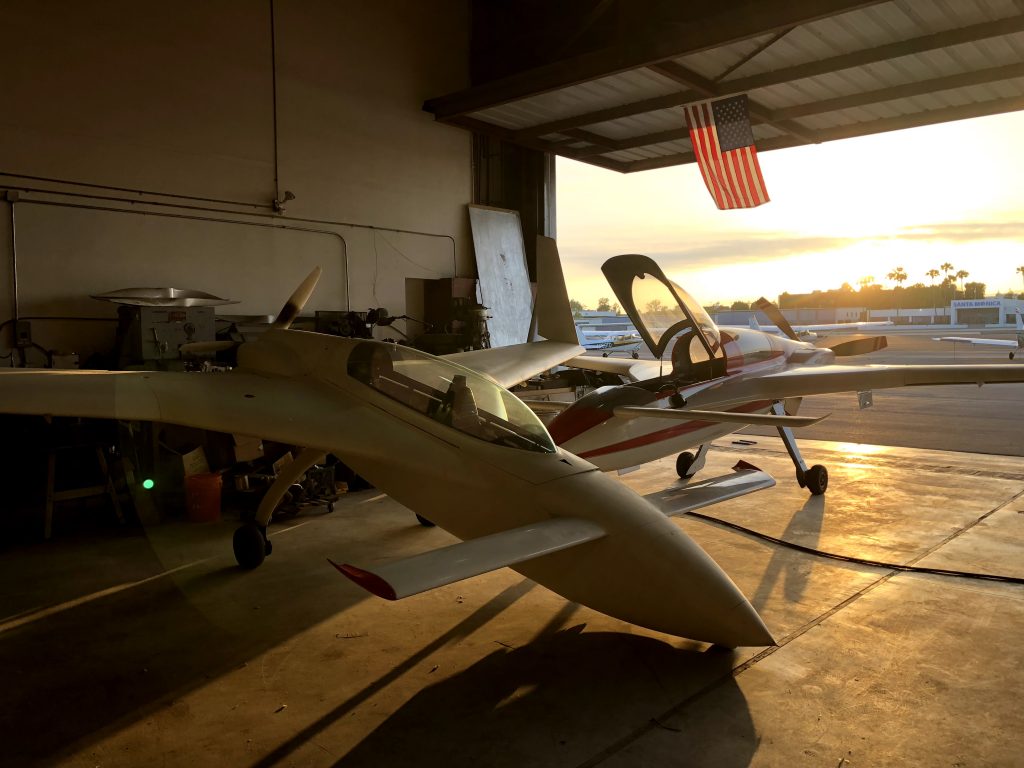
For better or worse, a lot of our artistic conceptions of the future present a ‘darker’ reality. Our uncertainty about the future and anxieties about the present are a constant force in art, manifesting themselves in all sorts of ways. I think the dark rawness and violent exactitude of Memphis rappers like Tommy Wright III, Lil Gin, and Koopsta Knicca resonates with sounds that reinforce that powerful rawness, and vice versa. Sound is allusion, having the unique capacity to non-verbally reference both the exterior and interior worlds that we experience. The power of world building through sound in combination with the attitude and imagery from sampled vocals has the capacity to convey very specific feelings. I think the dialogue that exists is more complex than I can describe, but as a DJ and producer exploring the synergies between sounds, locations, and time periods is an important part of my practice that provides a constant source of inspiration
Electro has always been heavily associated with science fiction. Icons like Drexciya created entire worlds out of synthesized sounds and textures set to rhythms made on drum machines borrowed from hip hop. So much of rap, hip hop, and electro was inspired by the sounds of these instruments designed in the 80s and 90s, resulting in a shared mechanical DNA that has evolved over time. These shared origins, sounds, and rhythms make for very satisfying crossover possibilities that producers are continuing to explore.**
Aerial’s UAP album was released on Los Angeles’ Private Selection on April 20, 2020.
